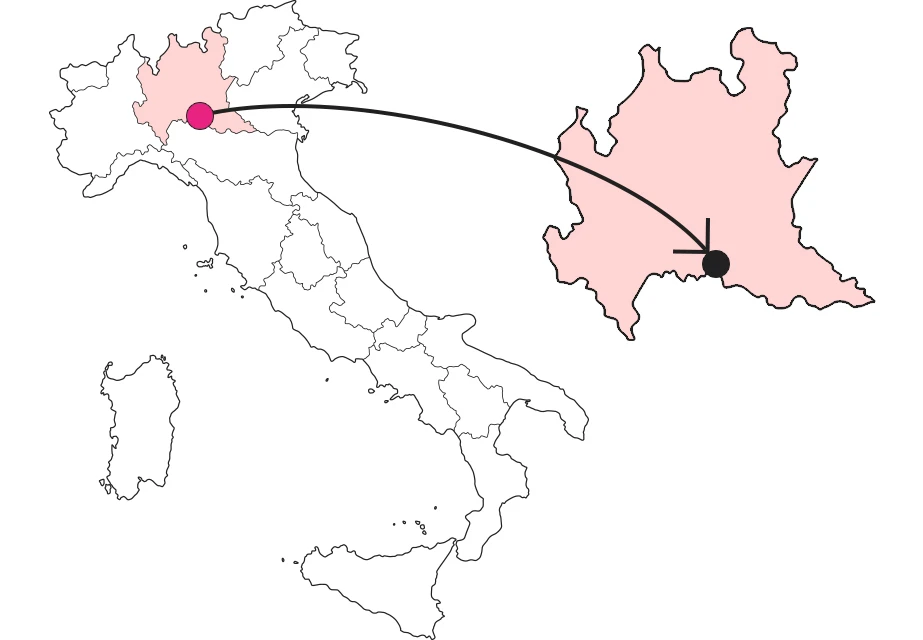
















Crema, cloisters with surprise
A beautiful, intimate place in downtown Crema, with a surprise you don't expect



Where

What are the cloisters of Crema?
You see them from the small square in front of the beautiful Palazzo Terni and they entice you to enter, you find yourself in a beautiful, intimate place with a surprise you don't expect. They are the Gothic cloisters of the Museo Civico di Crema e del Cremasco, which is housed in an old Augustinian convent. The first cloister, with a beautiful color contrast between the red columns and the black and white ogive arches, has a small café at whose tables it is pleasant to sit; the second houses the wing of the museum dedicated to the Cremasque house.
Why it's special: from the cloisters to the museum, a journey through local history
The museum illustrates the history of the Cremasque from prehistory to the present day and reconstructs daily life in the countryside in the late 19th century and the city's industrial history. One section is devoted to Cremasque painting from the 17th century to the present. Another houses one of the most important Italian collections of pirogues; these are boats made from hollowed-out tree trunks, discovered in the Adda, Oglio and Po rivers.
Not to be missed: the frescoed refectory
But most fascinating, the real surprise of the complex is the refectory , a vast room frescoed by Pietro da Cemmo, a Lombard painter influenced by Foppa and Bramante and a master of perspective. The two large scenes, the Crucifixion and the Last Supper, alone are worth the visit, but also beautiful are the lunettes depicting Augustinian masters, the twenty-four monochrome roundels with Biblical Stories and Kings, and the large preparatory sinopia of the Last Supper.
Fun fact: hunt for the painted detail.
Before leaving, there is a curious detail to observe. How do you recognize the good thief from the bad thief in the Crucifixion scene? To the right of Jesus an angel welcomes in his arms a small white figurine, that is the soul of the good thief, to the left the figurine is black and, to welcome it, he finds a devil.
A bit of history: the convent of St. Augustine
The convent of St. Augustine was founded in 1439 for the congregation of the Hermits of St. Augustine. The first cloister was already completed in 1453, the second in 1495; the pictorial decoration of the Refectory bears the date 1507.
Enter the Map of Italy's Undiscovered Wonders and find treasures where you least expect it... Inspire, Recommend, Share...
Contacts
The Map thanks:
In the Community
Enter the Map of Italy's Undiscovered Wonders and find treasures where you least expect it... Inspire, Recommend, Share...
Where

Contacts

